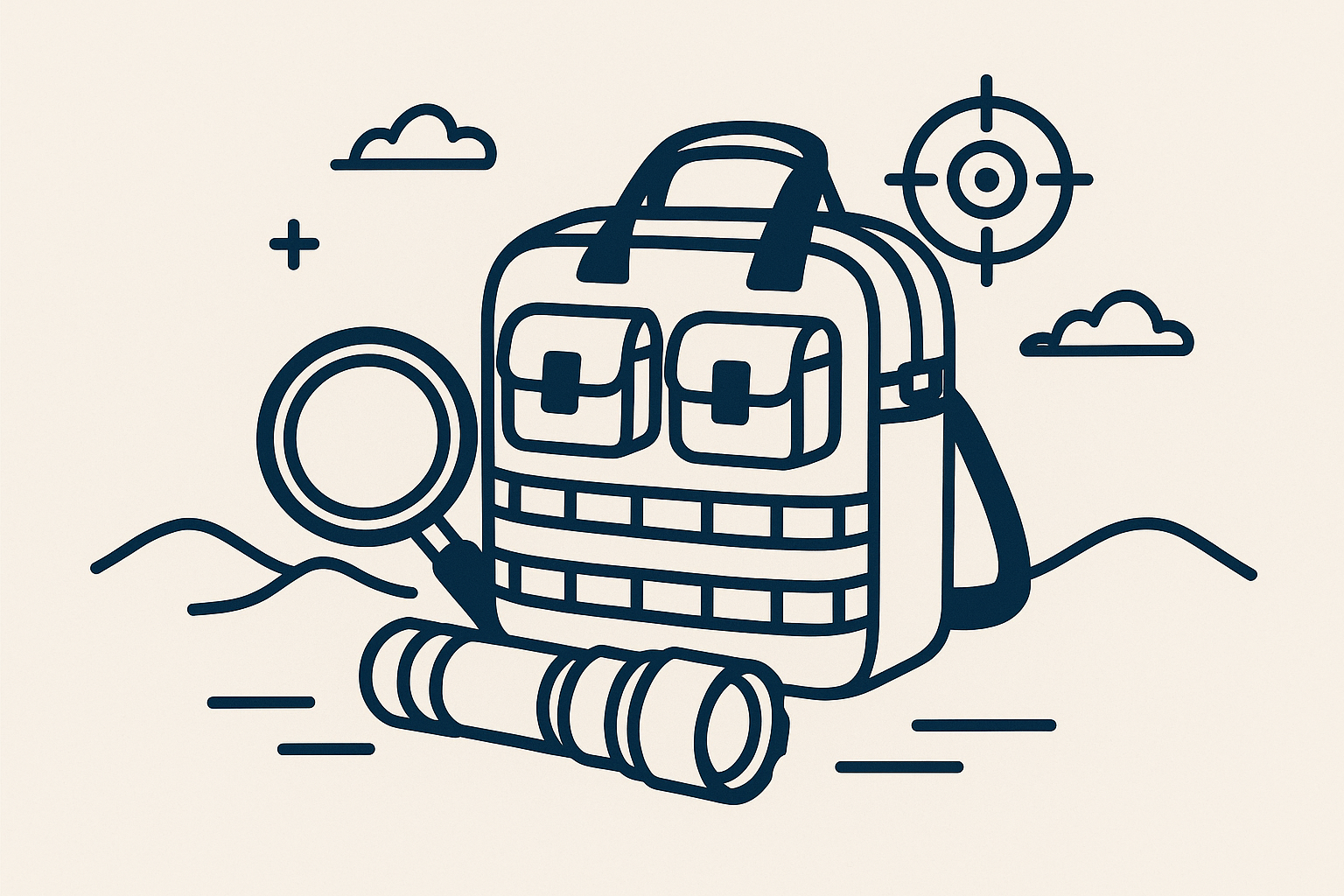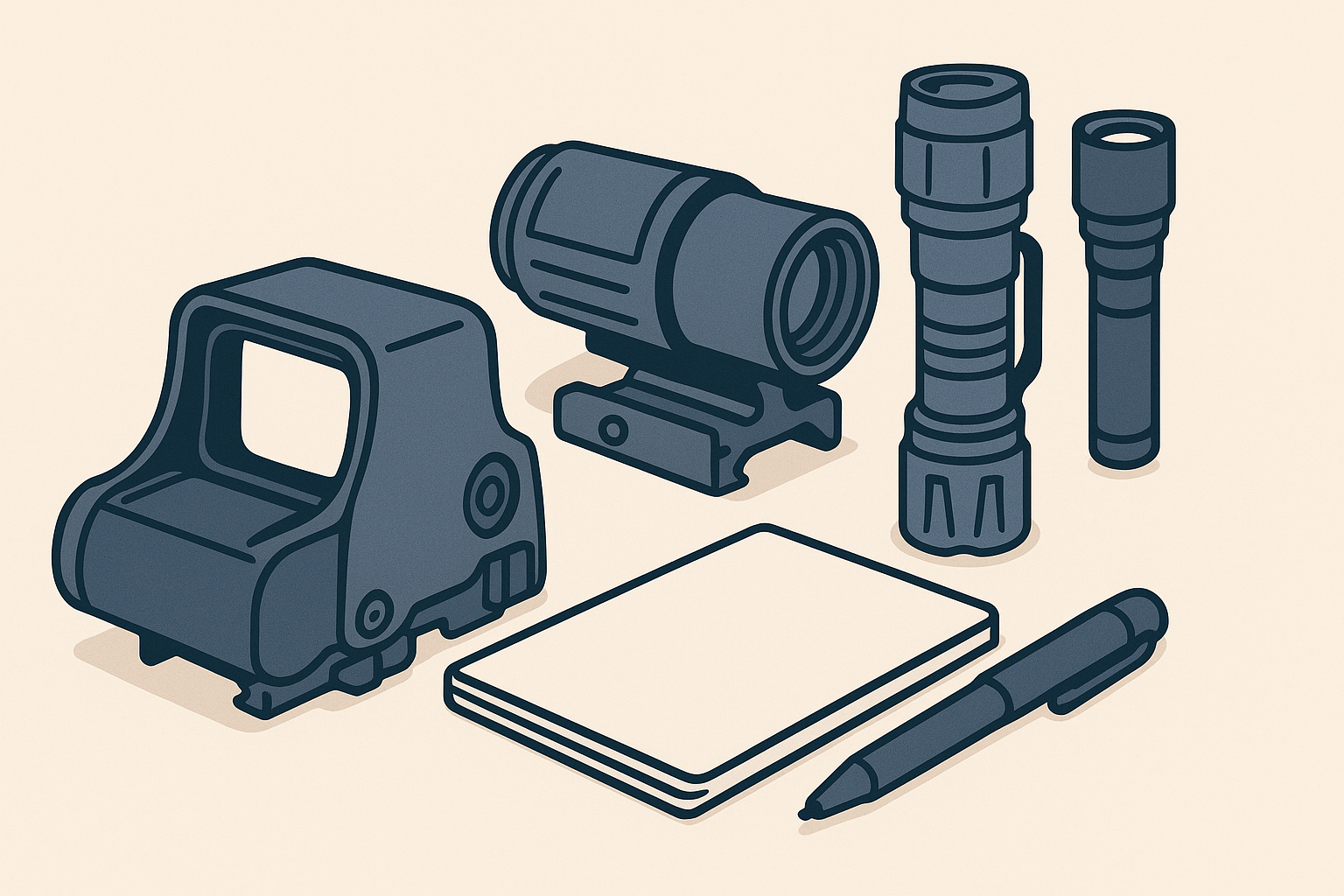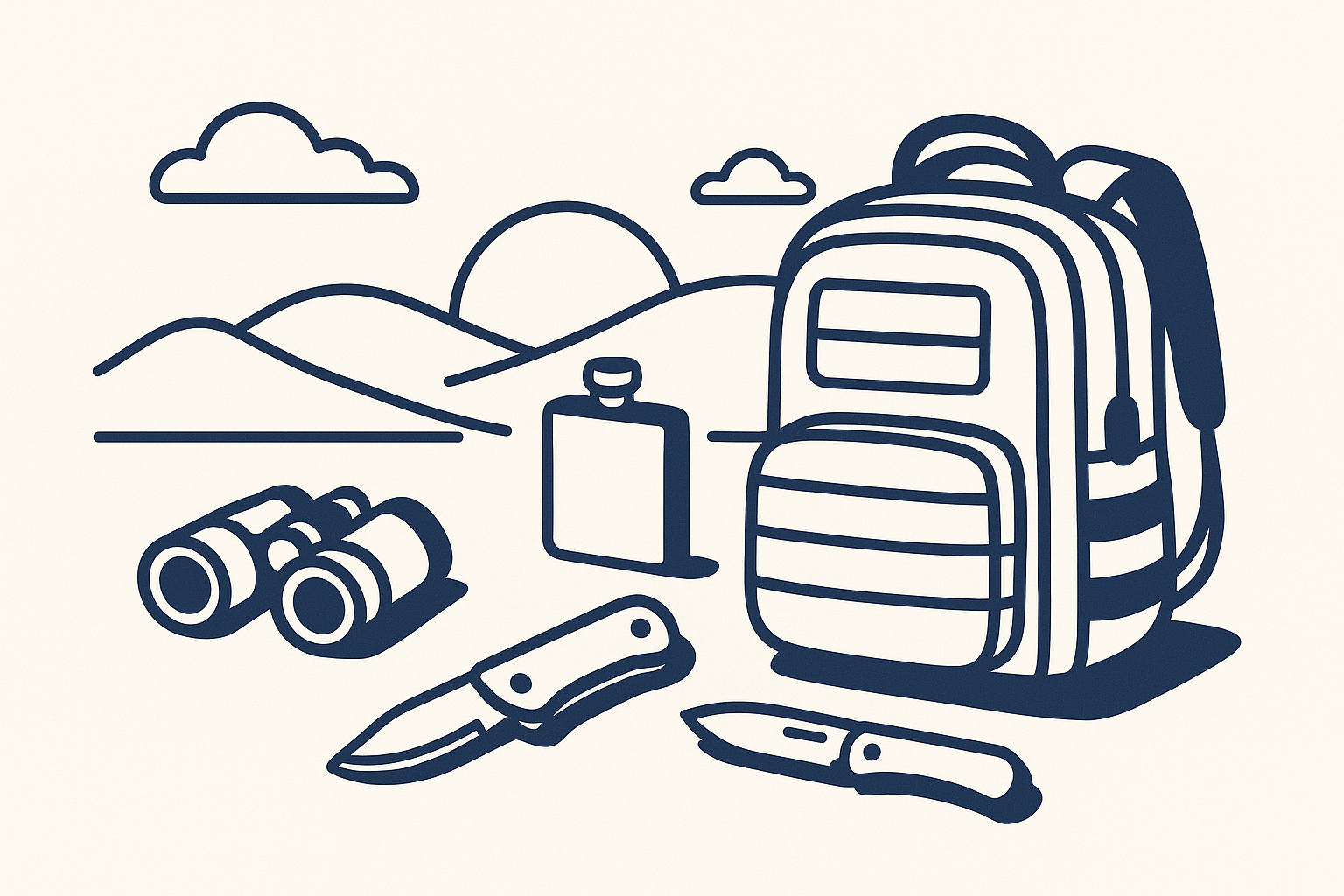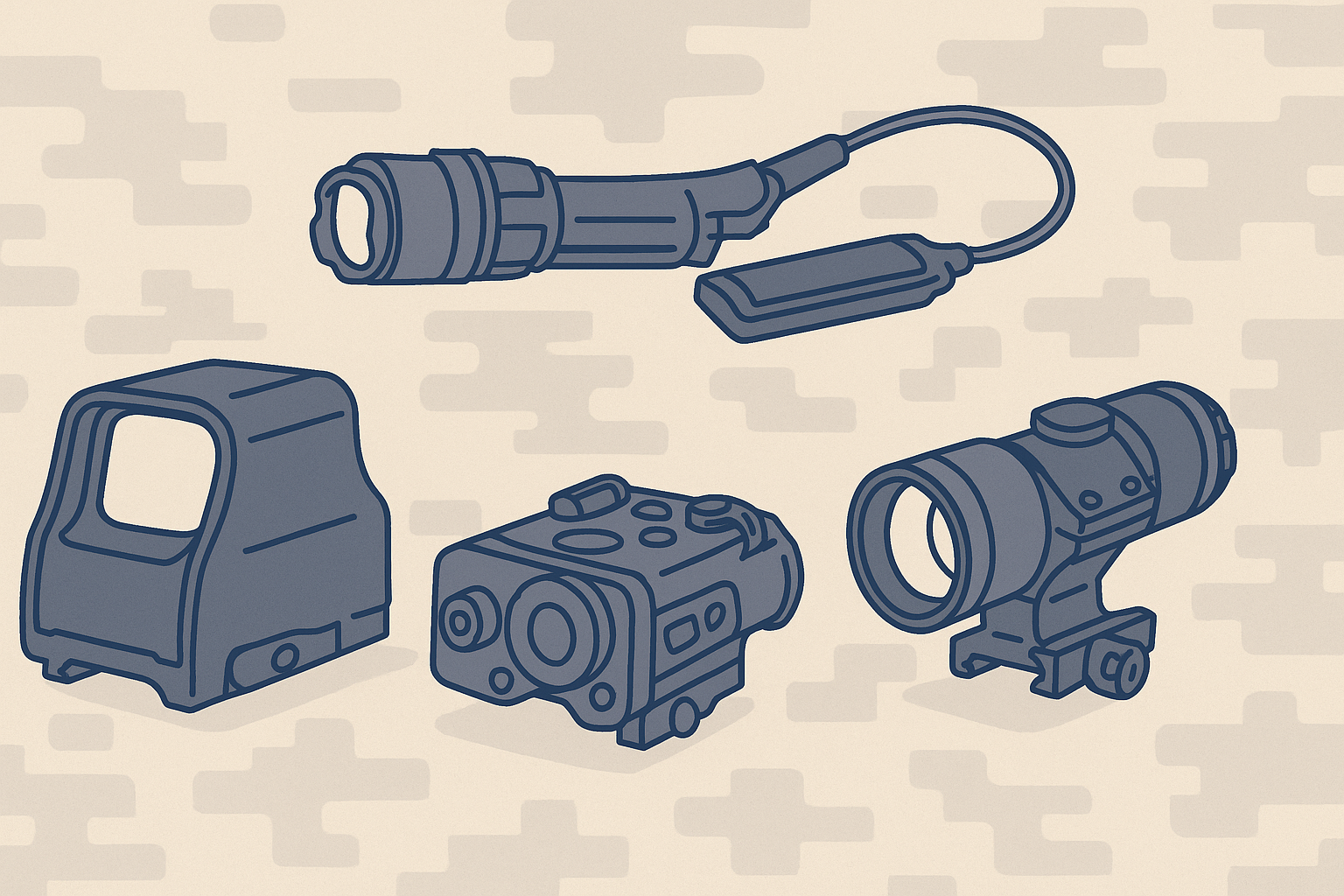
As an Amazon Associate, I earn from qualifying purchases. Some links on this site are affiliate links. Some content is AI-assisted.
There’s a big difference between tossing your gear in a bag and packing with purpose. A smart range bag isn’t just a duffel with stuff — it’s your mobile HQ. It’s where readiness, safety, and habit meet. Whether you’re a total beginner or just rethinking your loadout, this guide walks you through what actually belongs in your range bag — and why.
What’s the Point of a Range Bag, Really?
Think of your bag as a tool in itself. It’s not just there to carry things — it should help you stay organized, prepared, and focused while you’re out there. The truth? The best bag isn’t the most expensive or the most crammed. It’s the one that’s easy to use and has what you need when you need it.
And just as importantly: you don’t have to pack like a professional operator to be thoughtful. You just need to understand what you’re packing — and what you’re packing for.
Core Categories: What You’ll Always Want to Consider
Here are the five core zones every solid range bag should cover:
Safety & Protection
The stuff you should never be without:
- Eye protection (clear and shaded)
- Ear protection (muffs or plugs — or both)
- Gloves (especially for outdoor ranges or steel targets)
- Small trauma kit or IFAK
- Sunscreen or chapstick for outdoor days
Functionality
For smooth handling and easy session flow:
- Extra magazines
- Mag loader
- Flashlight or headlamp (especially indoor or low light)
- Notebook and pen
- Multitool or basic gear tool
Maintenance & Clean-Up
Because gear needs love, too:
- Gun oil or CLP wipes
- Bore snake or pull-through cleaner
- Microfiber cloth
- Rags or old T-shirt scraps
- Disposable gloves and small zip bags
Comfort & Prep
Small things that make a big difference:
- Water bottle or hydration pack
- Protein bar or snack
- Bug spray or wet wipes
- Pain reliever or allergy tabs
- Hand warmers in cold weather
Paperwork & Plan
Stay legit, stay ready:
- Range card or member ID
- Driver’s license or permit
- Copy of rules or course-of-fire info
- Small folder or zip pouch to keep things dry and flat
Packing Principles
Let’s be honest — it’s easy to overpack. But being thoughtful from the start helps you stay lighter, faster, and more focused.
- Know what’s in there — don’t pack tools you’ve never used
- Weight balance matters — heavy items low and centered
- Accessibility counts — keep high-use gear near the top or in side pockets
- Layer smart — modular pouches can help with separation
- Regular rotation — re-check after each range visit; restock what ran out
Optional but Smart: Add-Ons That Might Just Make Your Day
These aren’t critical, but they’ve saved many a trip from frustration:
- Sharpie or paint pen (mark targets, mags, or bags)
- Zip ties or mini bungees (everything from targets to gear fixes)
- Trash bags (wet gear? dirty rags? done.)
- Microfiber towel (clean up or wipe down)
- Timer, small binoculars, or laser rangefinder (if you’re leveling up)
Wrap-Up: Gear You Trust Starts with a Bag You Use
Your bag doesn’t need to be flashy — it needs to work for you. Build it around your current needs and grow it over time. Every trip out is a chance to learn something new, improve your setup, and fine-tune your gear.
Coming up next? We’re talking snacks, hydration, and yes — why that energy bar you keep grabbing might say more about your shooting day than you realize.
So zip it up, tighten your straps, and let’s roll. The smarter you pack, the smoother the session.
As an Amazon Associate, I earn from qualifying purchases. Some links on this site are affiliate links. Some content is AI-assisted.



